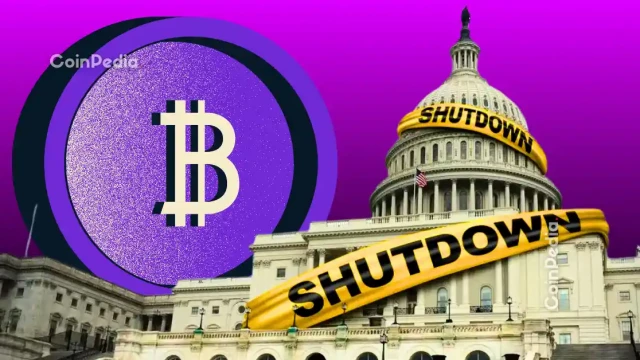
U.S. Government Reopens, Crypto Braces for Liquidity Surge and FED Rate Cut Uncertainty
CoinPediageneral
The U.S. government has officially reopened after a 43-day shutdown, and the financial world is now preparing for major shifts. Macro analyst Raoul Pal believes the reopening will unleash a powerful liquidity wave that could reshape markets, interest rates, global spending, and even the future of crypto.
📋 Article Summary
The Reopening Ripple: How the U.S. Government's Return to Business Could Reshape the Crypto Landscape
After a protracted 43-day shutdown, the U.S. government has finally reopened its doors, setting the stage for a potentially seismic shift in the financial markets – including the volatile world of cryptocurrencies. Macro strategist Raoul Pal believes this move could unleash a powerful wave of liquidity that could reverberate through global markets, interest rates, and even the future trajectory of the crypto industry.
As the government resumes its full slate of operations, analysts anticipate a surge in government spending, fueled by the need to clear backlogs and resume critical initiatives. This influx of liquidity, coupled with the Federal Reserve's anticipated interest rate cuts, could have profound implications for the crypto ecosystem.
For starters, the increased availability of capital could drive a renewed appetite for risk-on assets, including cryptocurrencies. After a tumultuous 2022 that saw the collapse of prominent players like FTX, the crypto market may be poised for a much-needed injection of investor confidence and capital inflows. This could translate into rising prices, improved liquidity, and a general sense of optimism surrounding the industry's long-term prospects.
However, the potential for Fed rate cuts also introduces an element of uncertainty. While lower interest rates typically benefit risk assets, the timing and magnitude of these adjustments could have a significant impact on the crypto market's performance. Crypto investors will be closely monitoring the central bank's policy decisions, as any unexpected or aggressive rate hikes could trigger volatility and potentially undermine the positive momentum generated by the government's reopening.
Adding to the complexity, the crypto industry itself has undergone a significant transformation in recent years, with the emergence of new technologies, regulatory frameworks, and institutional involvement. The aftermath of the FTX debacle has also heightened the need for increased transparency, robust risk management, and stronger investor protections within the crypto ecosystem.
As the government resumes its operations, crypto industry leaders and regulators will need to work in tandem to ensure that the market can capitalize on the potential liquidity surge while mitigating the risks posed by volatile market conditions. This could involve the implementation of enhanced compliance measures, the development of innovative financial instruments, and the fostering of greater collaboration between the crypto sector and traditional finance.
Ultimately, the reopening of the U.S. government represents a pivotal moment for the crypto industry, one that could shape its future trajectory in the years to come. By navigating the complex interplay of liquidity, interest rates, and regulatory developments, crypto participants can position themselves to ride the wave of opportunities that this historic event may present.